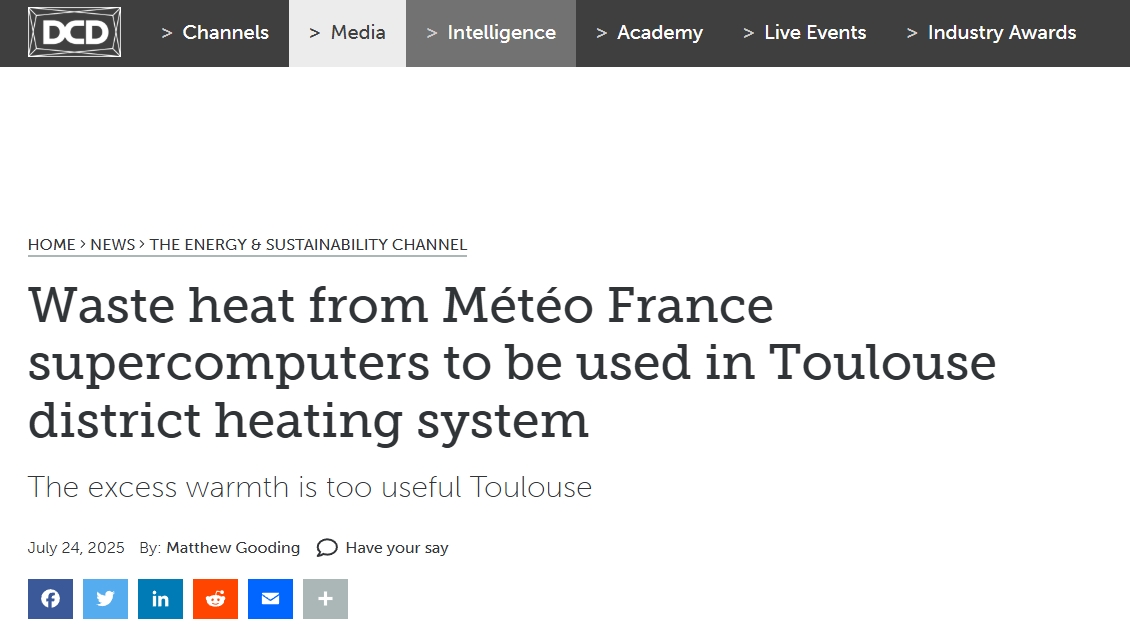Oak Ridge National Laboratory, Elementl partner on nuclear site identification
US President Donald Trump has signed four executive orders aimed at expediting the process of nuclear reactor approvals, increasing domestic production of uranium, and supporting the rollout of ‘next generation’ reactor technologies.
The directives outline a significant expansion of nuclear capacity, with the goal of quadrupling output by 2050. The moves come as the country grapples with skyrocketing data center power demand, with estimates suggesting total US capacity could reach 81GW by 2028 and 128GW by 2029.
The directives set out by President Trump include plans to construct ten large-scale reactors by 2030, in addition to wholesale upgrades across existing facilities.
The White House said that the measures are required to reverse what it deemed as decades of decline in the US nuclear sector. The orders directly task the Department of Energy (DOE) with identifying suitable federal land for nuclear projects and supporting the financing of both new builds and upgrades.
Meanwhile, the Nuclear Regulatory Commission is expected to cut approval timelines for new reactors to 18 months and allow testing of new reactor designs at DOE laboratories.
Executives from companies involved in nuclear energy development, including Constellation Energy, Oklo, and General Matter, attended the signing ceremony. Both Oklo and Constellation have already signed deals with data center operators to power their operations with nuclear power.
The potential of small modular reactor (SMR) technologies in playing a crucial role in powering the US’ AI boom has been backed by several of the world's largest data center firms including Google, Oracle, AWS, Switch, among others, who have signed long-term agreements with SMRs over the past 12 months.
While the sector is confident, several barriers remain to the commercialization of the technology, with regulatory oversight a key stumbling block. The new orders may prove impactful in reducing timelines, however, there is a risk they could allow for the approval of projects or designs that are not suitable for mass production.
ORNL and Elementl partner to fast-track siting for advanced nuclear projects
In other news, Oak Ridge National Laboratory (ORNL) and nuclear energy startup Elementl Power have partnered to streamline the process of identifying sites for the deployment of advanced nuclear reactors in the US.
The collaboration is supported through the US Department of Energy GAIN (Gateway for Accelerated Innovation in Nuclear) voucher. GAIN is a framework that aims to establish public-private partnerships to support the deployment of nuclear technologies in the US market. It aims to support the development of all advanced nuclear energy technologies.
The initiative has already played a role in supporting Elemental’s recent announcement with Google to develop three sites in the US for the deployment of advanced nuclear reactors to power Google’s data center portfolio. Under the agreement, Google will supply early-stage funding to help Elementl prepare three potential reactor sites.
Each of the proposed sites is expected to support at least 600MW of power and could be used to power large-scale data centers, say the companies.
Elementl has said that its siting strategy will combine its multi-criteria framework with ORNL’s OR-SAGE platform, a geospatial tool that enhances the precision of early-stage site evaluation. The approach, the companies claim, will allow for a more efficient and lower-risk development process by narrowing down optimal locations from a wide set of candidates.
David Faherty, co-founder and chief commercial officer of Elementl, credited the GAIN voucher with accelerating the company's siting efforts, stating: “ORNL’s OR-SAGE platform gives us a data-driven foundation to screen regional siting options efficiently and allows our team to layer in our own project-specific criteria with greater speed and confidence,” Faherty said.
ORNL is a DOE-run research institution that focuses on a range of sectors, including supercomputing, advanced manufacturing, materials research, neutron science, and clean energy.








